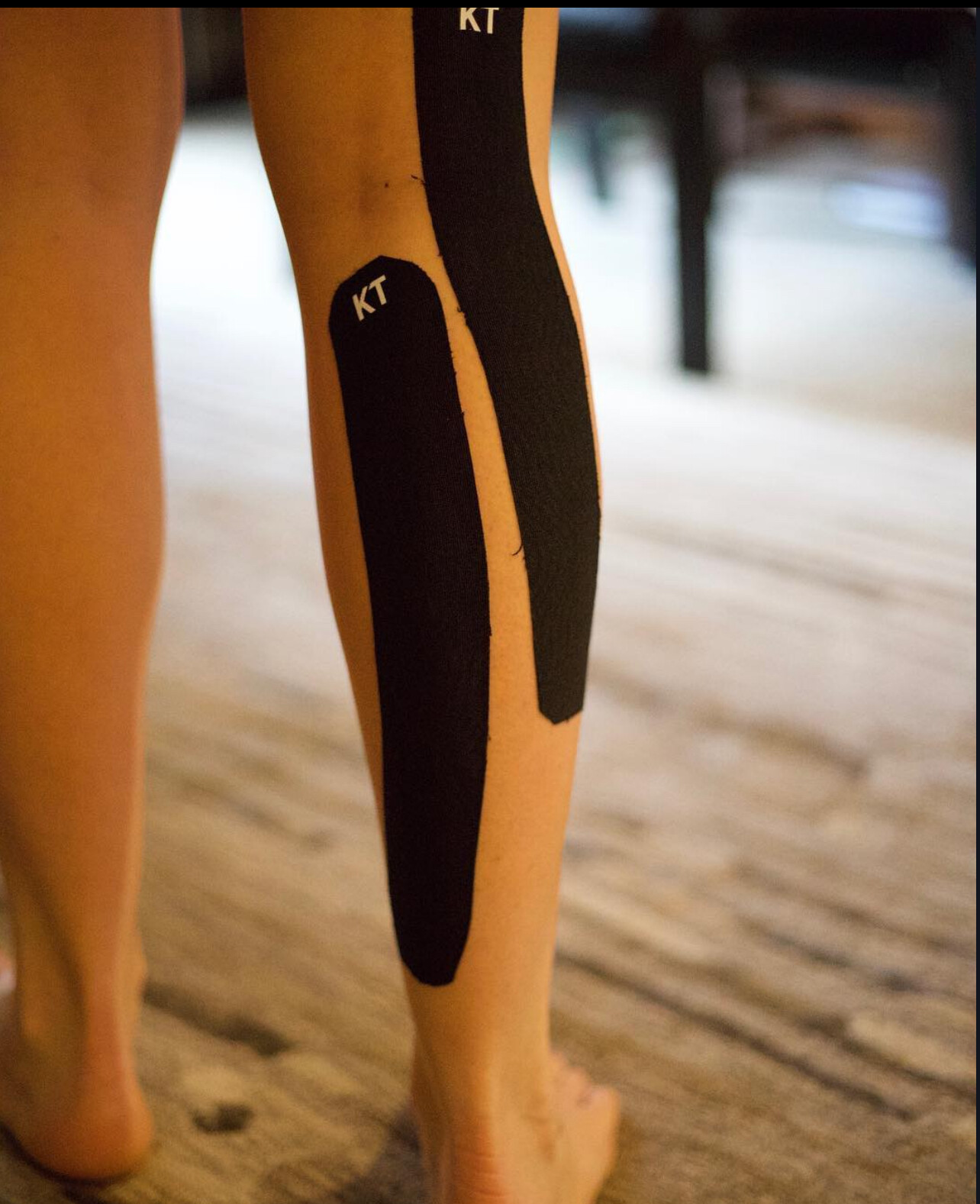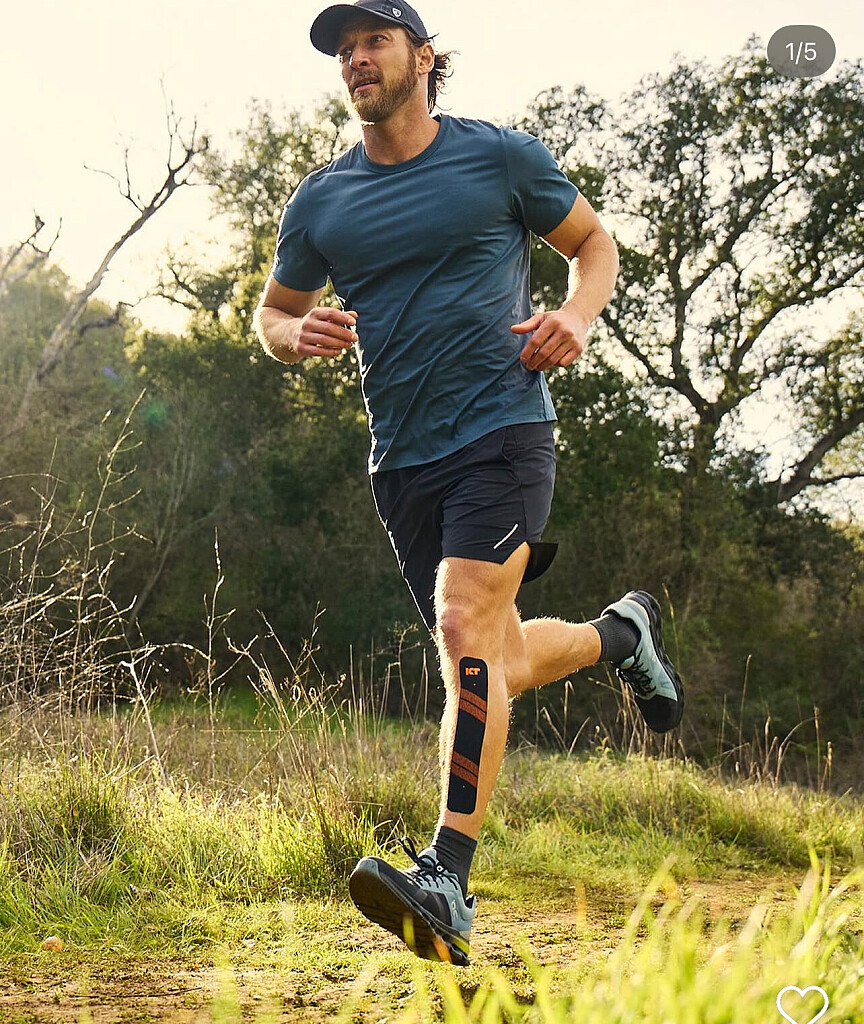Running News Daily
Running News Daily is edited by Bob Anderson. Send your news items to bob@mybestruns.com Advertising opportunities available. Train the Kenyan Way at KATA Kenya and Portugal owned and operated by Bob Anderson. Be sure to catch our movie A Long Run the movie KATA Running Camps and KATA Potato Farms - 31 now open in Kenya! https://kata.ke/
Index to Daily Posts · Sign Up For Updates · Run The World Feed
Taping for Distance Running A Guide to Injury Prevention and Performance Enhancement
Taping is a simple yet effective way to support muscles and joints, manage pain, and prevent injuries during training and racing. Whether preparing for a 5K or a marathon, runners can use taping techniques to stabilize key areas, reduce discomfort, and aid recovery. The right taping method depends on the specific issue, the type of tape used, and individual running mechanics.
Choosing the Right Tape

Kinesiology tape is flexible and moves with the body, making it ideal for muscle support, reducing inflammation, and improving circulation. It allows for full range of motion while providing targeted support.

Athletic tape is more rigid and best for stabilizing joints or restricting excessive movement. It is often used to reinforce weak areas or prevent further injury.
Common Taping Techniques for Runners
Knee support for patellar tendonitis or runner’s knee can be achieved by placing a strip of kinesiology tape just below the kneecap with a slight stretch in the middle. Adding two diagonal strips along the sides of the knee provides extra reinforcement.
IT band syndrome taping starts with a long strip running from the upper thigh down to the outer knee. A second strip across the knee helps reduce friction and stabilize the area.
Achilles tendon support requires anchoring the tape at the bottom of the heel and running it up along the Achilles tendon with mild tension. A horizontal support strip across the Achilles adds extra stability.
Plantar fasciitis taping involves placing a strip along the bottom of the foot from the ball to the heel. An X-shaped cross over the arch provides additional structure and support.
Ankle stability taping includes wrapping a strip around the base of the foot and up around the ankle. A second strip applied in a figure-eight pattern helps prevent excessive movement and reinforces joint stability.
Tips for Effective Taping
Apply tape to clean dry skin to ensure strong adhesion.
Avoid overstretching the tape, as this can cause discomfort and reduce effectiveness.
Round the edges of the tape to prevent peeling during long runs.
Test taping methods during training runs rather than waiting until race day.
Remove tape gently with baby oil or adhesive remover to avoid skin irritation.
Taping can be a valuable tool for runners dealing with minor aches, recovering from injuries, or looking for additional support in key areas. While it is not a substitute for proper training and strength work, it can help manage discomfort and provide extra confidence on race day.
by Boris Baron
Login to leave a comment




